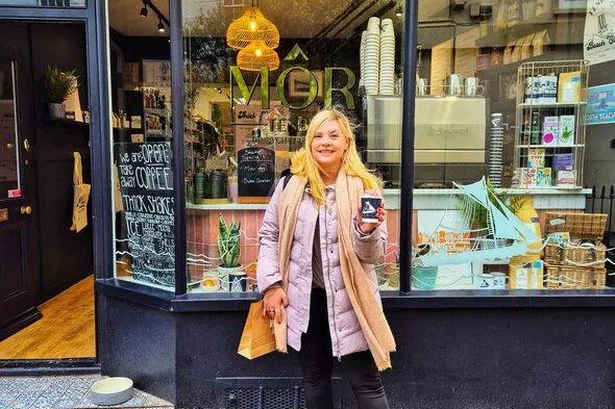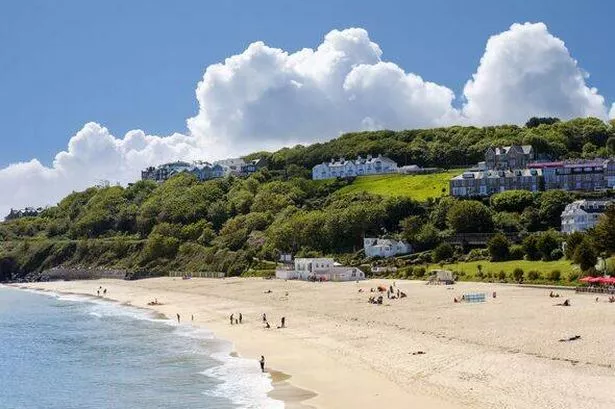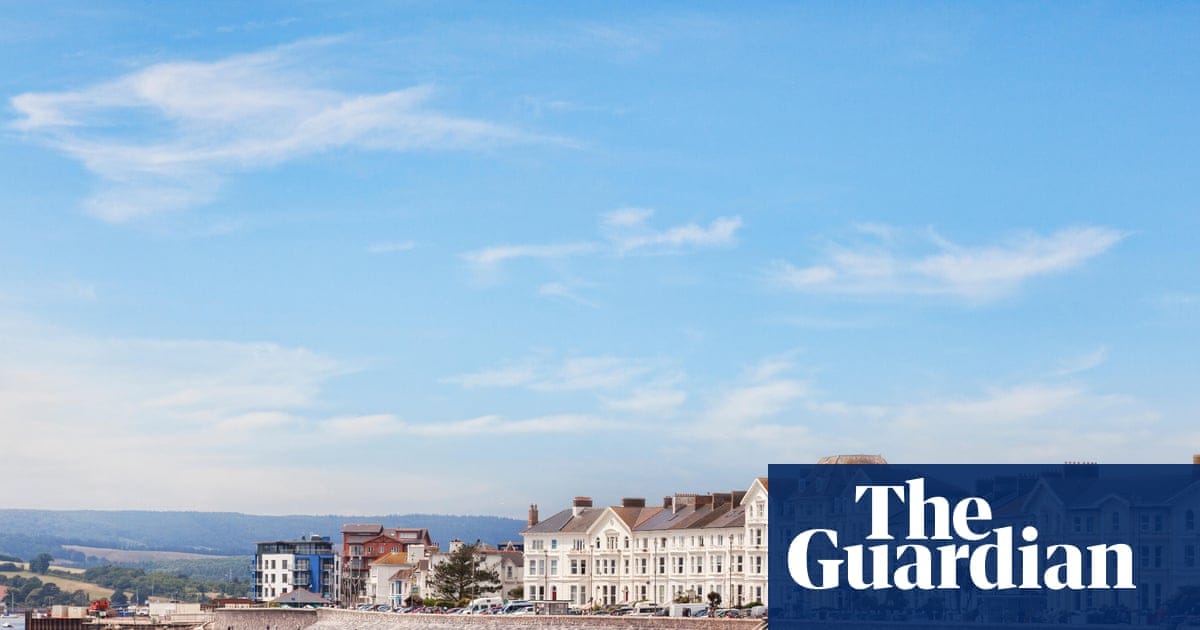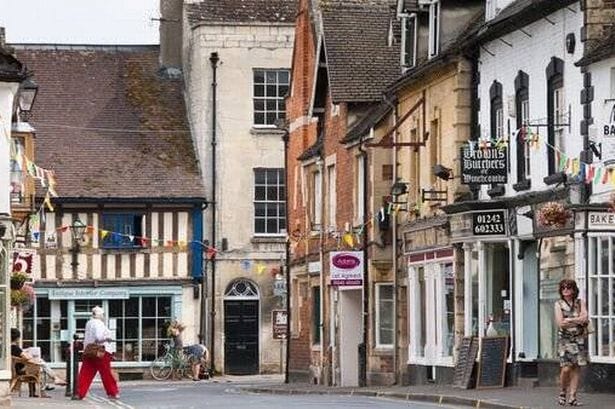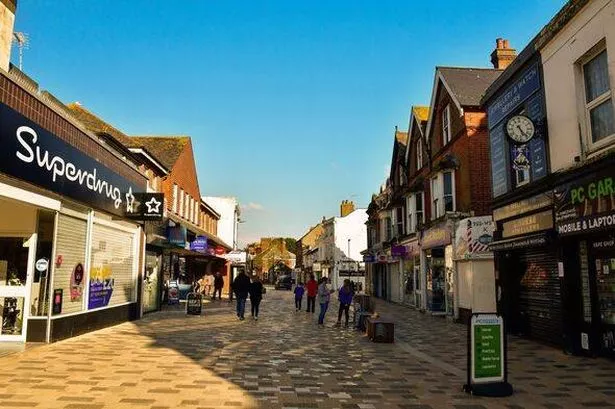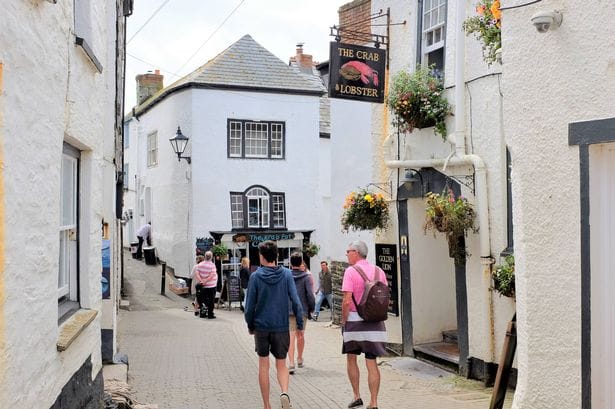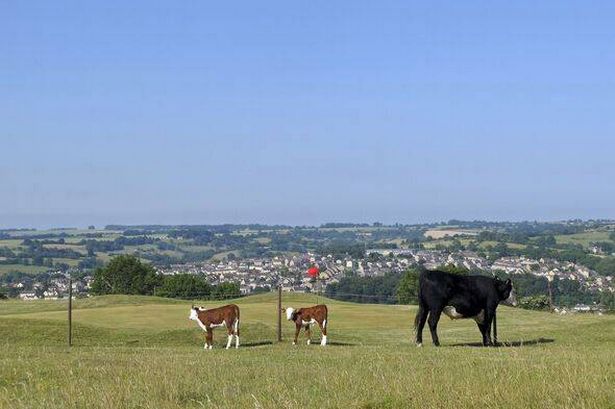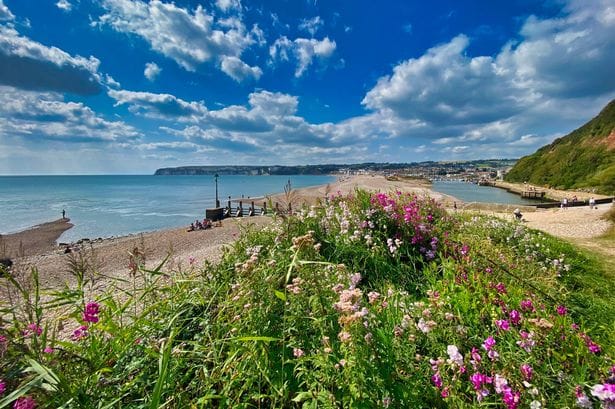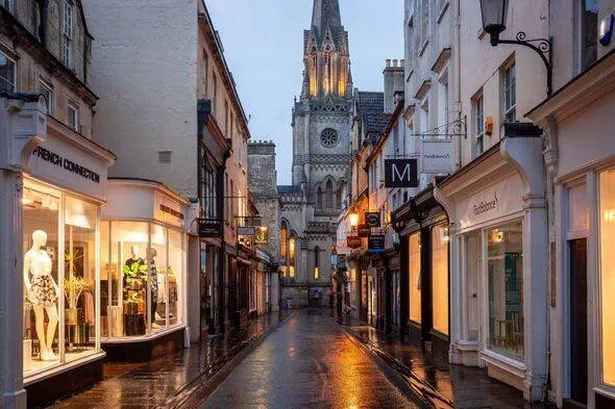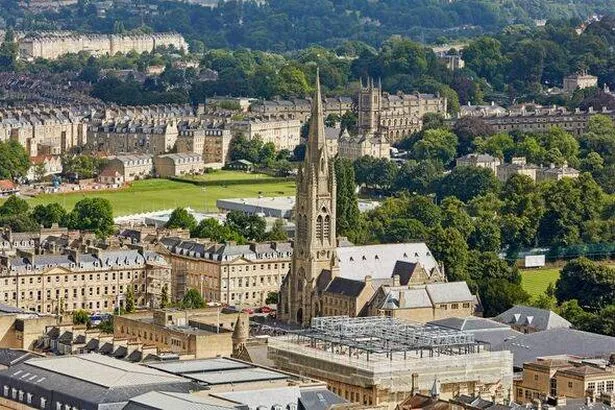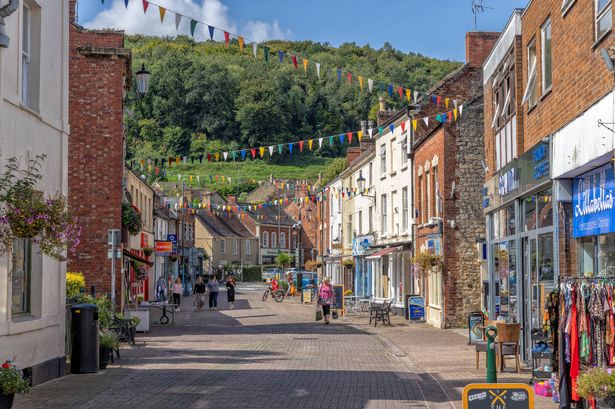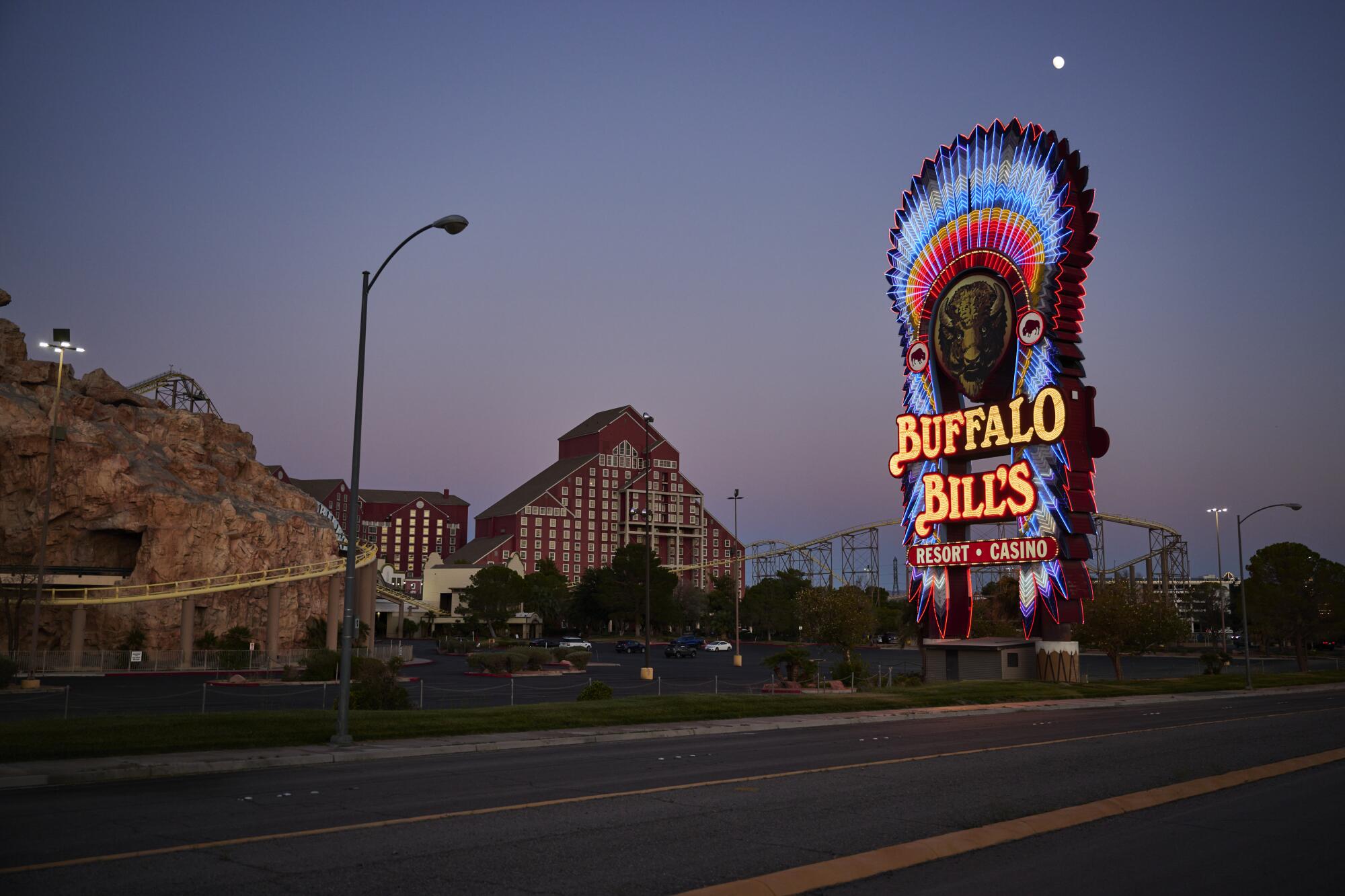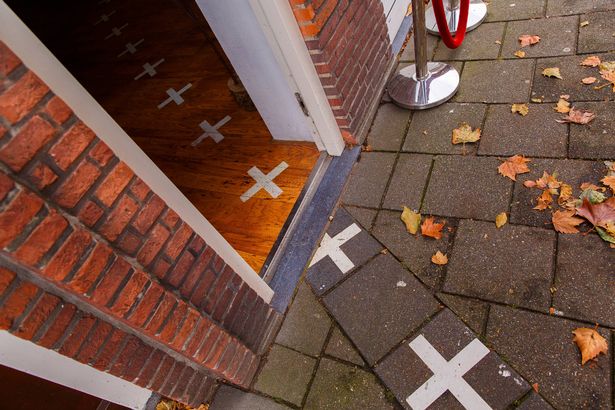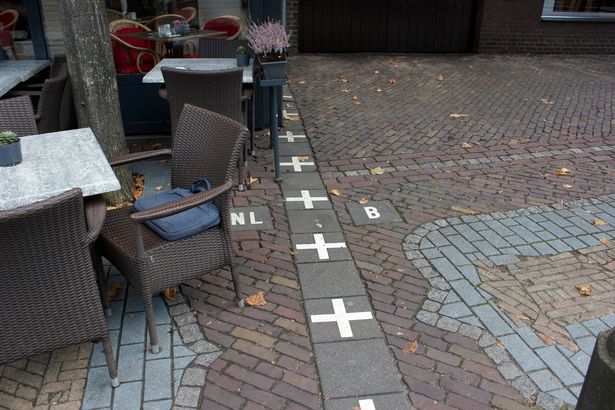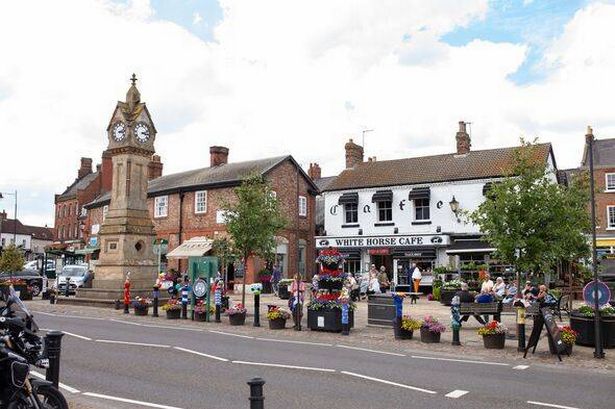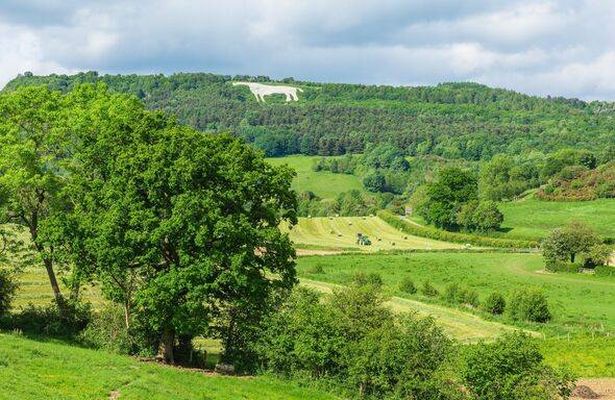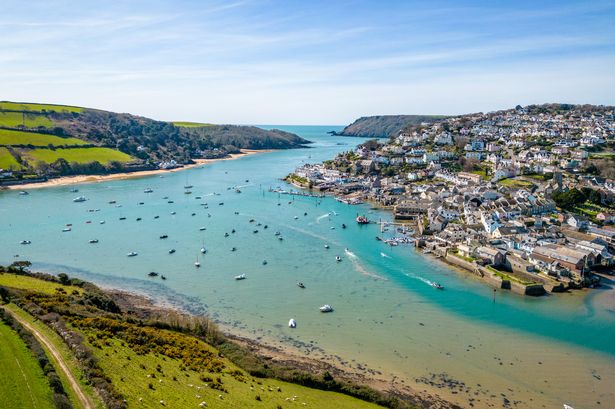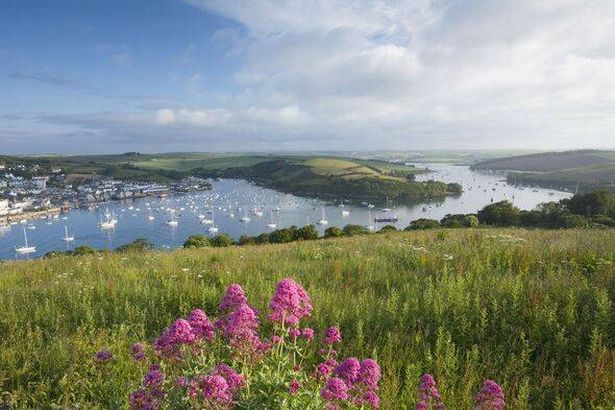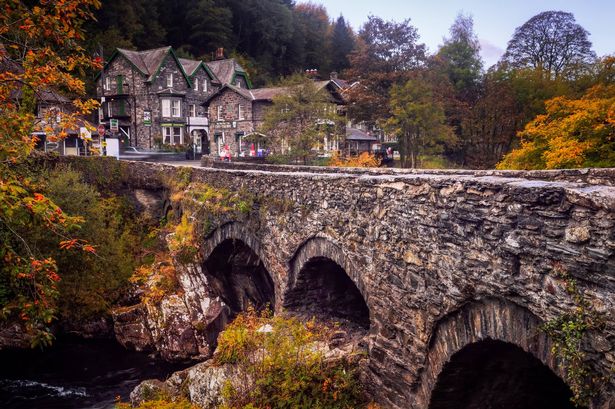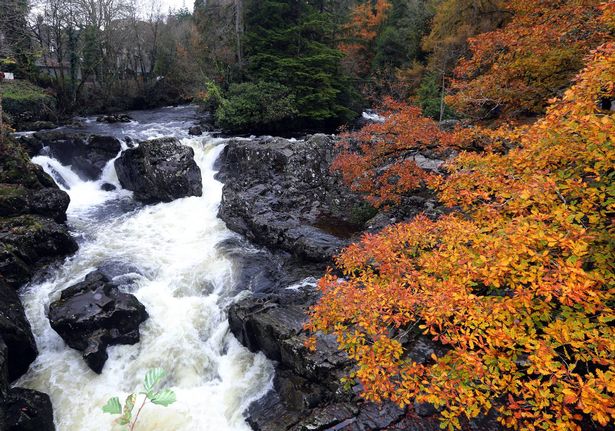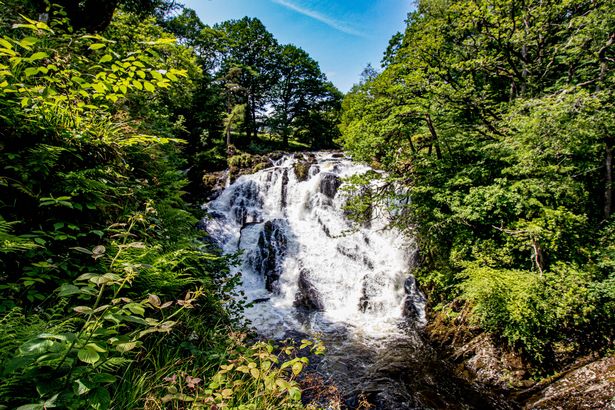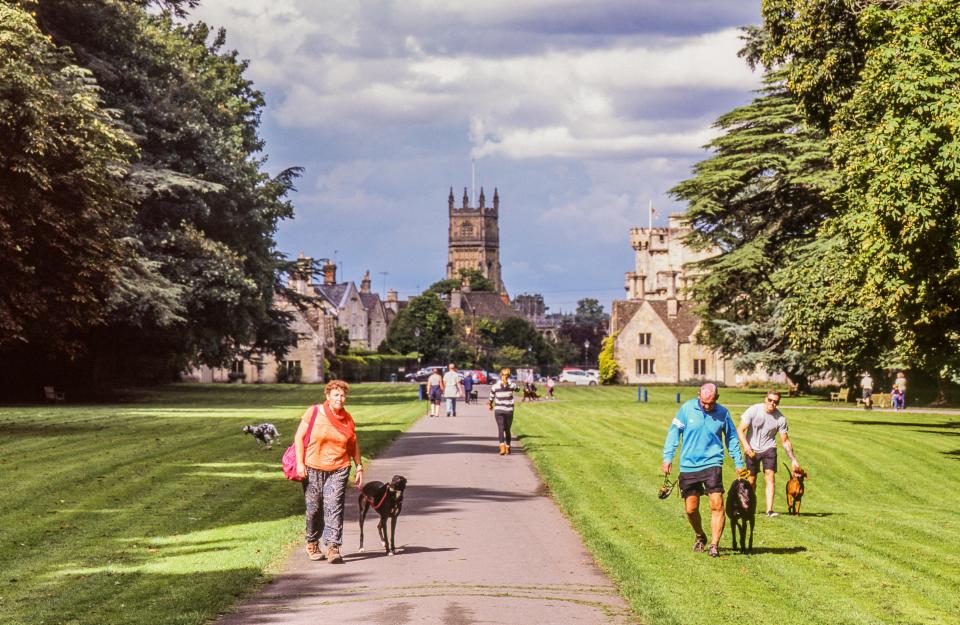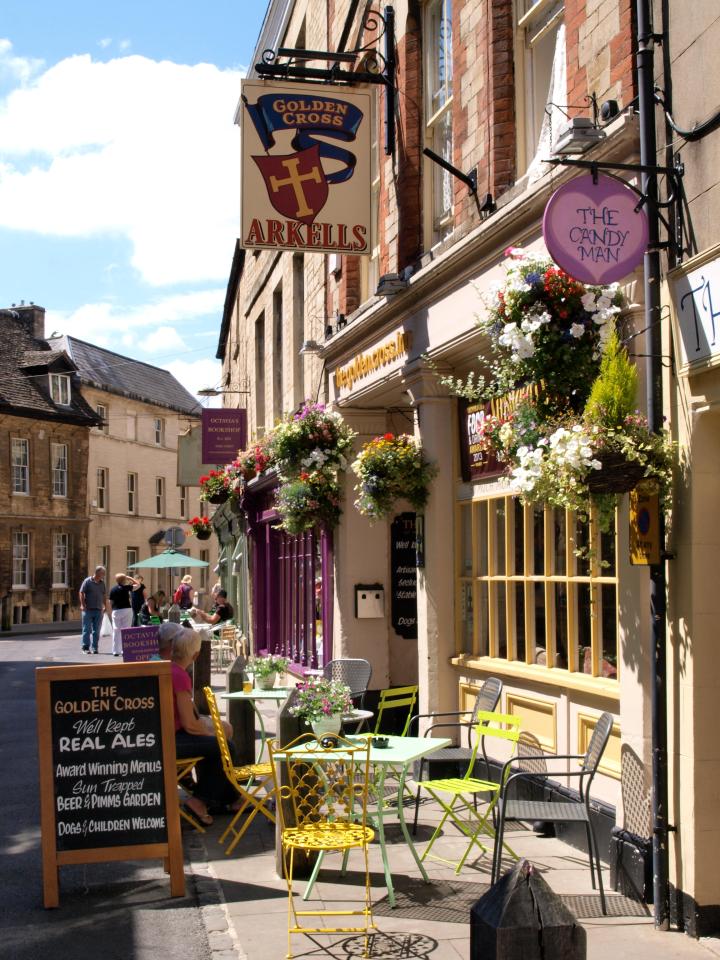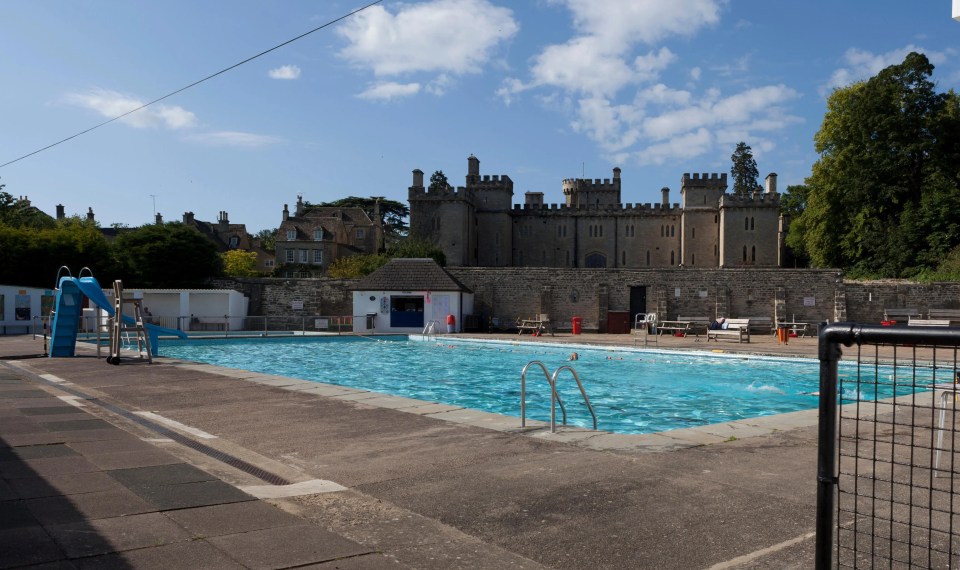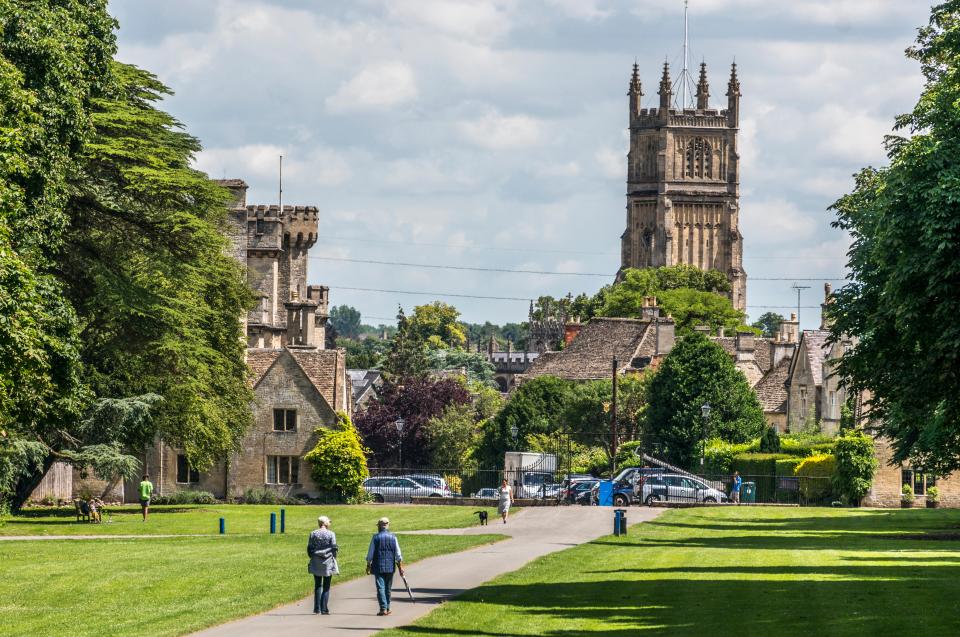The UK’s coastlines are among the most stunning in the world and can be appreciated all year round, especially in autumn
Just because the summer season has concluded, it doesn’t mean you can’t still relish sandy shores and delightful coastal towns. The UK’s coastlines are amongst the most breathtaking globally and can be savoured throughout the year – especially during autumn when you can wander the coastal path and treat yourself to hot chocolates at welcoming beachside cafés.
Senior Journalist, Portia Jones, confessed that autumn is her favoured time to visit the seaside towns of Wales as it tends to be more peaceful, and lodging could potentially be more affordable (particularly if you manage to bag a brilliant deal). She revealed: “Tenby, widely regarded as one of the best seaside towns in Wales, is one of my favourite destinations during the off-peak season.”
With gorgeous beaches just a brief stroll from the vibrant town centre, charming cobbled streets that could rival those in Italy or the French Riviera, and a selection of eye-catching, brightly-coloured houses that many British towns would covet, it’s scarcely shocking that this coastal treasure consistently features as one of the “best” seaside towns in the entire UK, reports the Express.
Dubbed the ‘jewel in the crown’ of the ‘Welsh Riviera’, Tenby has long been a favoured tourist hotspot and is one of the most cherished seaside towns in Wales.
Here, you’ll uncover a scenic harbour, Victorian architecture, sandy beaches, independent cafés and picturesque coastal walks along the captivating shoreline, reports Wales Online. Step beyond its ancient 13th-century walls, and you’ll discover sun-drenched shores and breathtaking clifftop vistas across the water towards the enchanting Caldey Island.
Portia revealed: “I have visited Tenby many, many times over the years, from childhood holidays to grown-up escapes with friends and my significant other, and I love it a bit more with each visit.
“While summer is perfect for sea swimming and long wine-filled afternoons on sun-trap pub terraces, I have come to appreciate Tenby more in autumn. Sure, the weather might not be as sunny, but this is Wales. Frankly, you can have a torrential downpour in August and a mini-heatwave in late September.
“It’s completely unpredictable, so you may as well chance a cheaper autumn visit and hope the weather gods smile upon you. I love that if you visit Tenby during the week, say, mid-October, you can escape the crowds and wander the pretty streets and sandy beaches in relative peace. Just wrap up warm, buy a hot chocolate, and watch the waves roll in from a chilled-out seaside cafe. Lush.”
She added: “Accommodation-wise I’ve found that you can get some pretty good deals in the off-season – especially if you visit midweek rather than at a weekend. One of my favourite spots is YHA Manorbier – a very affordable stay that’s a short drive from the town centre.”
This wallet-friendly hostel, situated in a former military base, provides glamping and camping options and costs under £50 for a private en suite room for two people (YHA members pay even less). Lodging choices include reasonably priced private quarters, distinctive American Airstreams, charming camping pods, and pitch-up camping.
Portia usually books a pristine private en suite room for just £45 for two visitors, and as a YHA member, she gets an extra 10% reduction. Granted, the private quarters may have limited space for large luggage, which estate agents might call “bijou” and regular people might describe as “compact.”
However, for slightly over £20 each, it offers outstanding value – especially in the expensive Pembrokeshire area. Portia observed: “Let’s be honest; you’re not checking into a YHA expecting a concierge, Egyptian cotton sheets, and a robe monogrammed with your initials. You’re here for the vibes. A community-spirited atmosphere fostered by shared kitchens, mismatched mugs, and conversations over wine in the lounge.”
Fancy staying closer to the town centre? Browse autumn deals on Booking.com and bag a hotel for roughly £75 for two adults. The Premier Inn Tenby Town Centre property costs just £68 per night for two in October and offers a cosy base right in the heart of all the action. Despite the summer rush being over, there’s still plenty to savour in Tenby.
From strolling along the coastal path and sampling craft beers in local pubs, to exploring independent shops for your Christmas shopping, Tenby has it all.
The town is home to several golden beaches perfect for a brisk autumn sea dip if you’re brave enough, or simply sipping hot chocolate while taking in the windswept coastline. South Beach, a sandy beach backed by dunes near the town centre, proudly holds the esteemed Blue Flag status.
When it comes to dining, Salty’s Beach Bar and Restaurant, situated right on the beach, is well worth a visit. Castle Beach, just a hop, skip and jump from the town centre, was crowned the UK’s best beach in 2019 and currently boasts an impressive 4.8 out of five rating on Google.
North Beach, nestled in Pembrokeshire, has previously been voted the most photogenic beach in the UK, beating other stunning spots like Durdle Door in Dorset and Brighton seafront. Harbour Beach may be the smallest, but it offers a charming backdrop of colourful houses, bobbing boats, and a road leading back to the town centre.
Autumn is the perfect time to explore the Tenby Coast Path. This picturesque section of the larger Pembrokeshire Coast Path offers breathtaking views of Tenby’s vibrant harbour, Caldey Island, and St Catherine’s Island.
Favourite trails include the four-mile stroll to Saundersfoot, a moderate nine-mile loop that returns inland, and a challenging 10.9-mile point-to-point path to Freshwater East. If the weather takes a turn for the worse, why not pop into Tenby Museum and Art Gallery?
It’s the oldest independent museum in Wales. Founded in 1878, this charming museum is home to a wide range of local geology, biology, archaeology, and maritime artefacts waiting to be explored.
Many of the exhibits also delve into the culture and heritage of South Pembrokeshire, offering you a peek into local history and art. A delightful gift shop near the entrance sells local books and gift items.
Entry to the museum will set you back £6.50 for adults and £3.50 for children. They also run a reusable ticket scheme – all tickets can be used for one year after purchase, so you can make as many return visits as you like within that time at no extra cost.
For those who fancy a Welsh tipple, there are two local breweries in Tenby. Both produce top-notch beers and supply local bars and restaurants. Tenby Brewing Co., which took over from Preseli Brewery, has multiple stockists in Tenby and is one of the leading craft breweries in Wales.
The award-winning brewery was conceived when two mates decided to ditch the daily grind and start their own brewery over a pint. The Yard, their trendy venue at the brewery, boasts a capacity of 150 and offers an exciting rotating menu from fantastic pop-up food vendors, draft beer lines from their range, and some of their favourite brewers.
Harbwr, the newer kid on the block, is a craft brewery and taproom that brews a variety of cask and bottled ales just above Tenby harbour. When it comes to food, Tenby’s cluster of tiny streets and pastel-coloured buildings conceals its best restaurants and cafes down the narrowest of alleys.
Plantagenet House is a hidden treasure, featuring flagstone floors, exposed beams, and a 40-foot medieval Flemish chimney. If you’re quick off the mark, you might even secure a table by the fireplace.
“A recommended dish is their vegan Thai coconut curry, which features squash, chargrilled spring onion, spiced rice, and roasted almonds,” Portia suggested.
Links restaurant, located on the ground floor of Tenby Golf Club, offers Michelin-starred dining, making it a top pick for food enthusiasts visiting Pembrokeshire.
The menu, crafted by a talented local chef, focuses on simple yet incredibly tasty dishes made with high-quality Welsh produce. Start your meal with their freshly-baked ale bread served with whipped Marmite butter – trust me, it’s the perfect starter.
The ambience strikes the perfect balance between laid-back and sophisticated, with a menu that seamlessly merges humble yet thrilling dishes. From hot smoked salmon paired with cucumber and buttermilk to heritage tomatoes coupled with buffalo mozzarella, there’s something to tickle every palate.
For your main course, relish in locally-sourced delights such as Pembrokeshire beef or Cornish cod in a bisque sauce, or treat yourself to a succulent rump of Welsh lamb served with all the right trimmings.
And don’t forget to save space for pudding – whether it’s a decadent dark chocolate fondant with tarragon ice cream or a zesty lemon meringue with almond cake and blueberry sorbet, you won’t leave feeling unsatisfied. D. Fecci and Sons might just dish up the best fish and chips in Wales, having catered to both locals and tourists since 1935.
With potatoes grown locally in Pembrokeshire and groundnut oil creating wonderfully crispy haddock, cod, and calamari, the chippy also offers fresh mackerel during the summer months.
For delightful treats, pop into Mor Tenby, an elegant family-run coffee house and gift boutique selling their signature coffee blend (“Coffi Mor”), sweet treats, deli items, home fragrances, household goods, gifts, and Welsh specialities.
A beloved establishment in Tenby, Top Joe’s remains the top spot for pizza lovers. This former ’60s diner has transformed into an artisanal pizzeria offering freshly-made pizza, pasta, and salads featuring high-quality Italian ingredients. Nestled in the heart of this delightful coastal town, it’s a firm favourite with both locals and visitors.
The culinary expertise of Chef Giovanni Recchia, recently acknowledged as one of the world’s best at the Pizza World Championships, enhances the menu. He crafts pizzas using locally-milled flour and top-notch ingredients, including cured meats from Trealy Farm Charcuterie.
